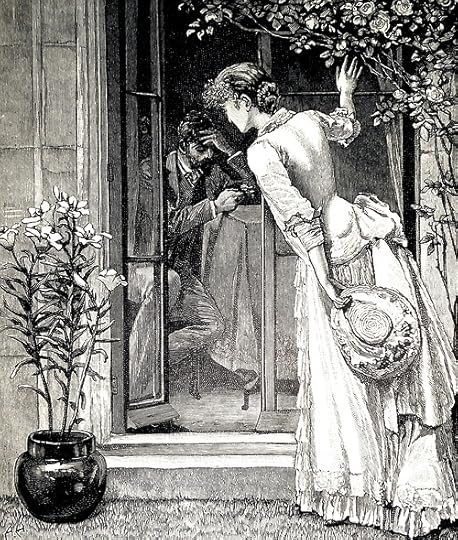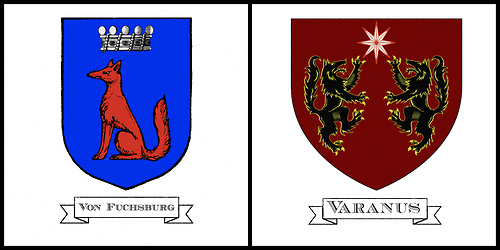G.D. Falksen's Blog, page 1085
June 5, 2013
Jack Black, Her Majesty’s Rat-catcher
By the mid-19th century it...

Jack Black, Her Majesty’s Rat-catcher
By the mid-19th century it was well understood that rats carried diseases, however, sanitation within large cities still left a lot to be desired and rats infested sewers and homes alike. As a result, rat-catching could prove a rather lucrative profession. Rat-catchers would capture rats by hand, often with specially-bred vermin terriers, or traps, and payment would be high for catching and selling rats to breeders.
Most famous amongst these rat-catchers was Jack Black: rat-catcher and mole destroyer by appointment to Her Majesty Queen Victoria. Black is best know through his interview in Henry Mayhew’s London Labour and the London Poor, Vol. 3, where he tells of his work and experiences.
Black cut a striking figure in his self-made “uniform” of scarlet topcoat, waistcoat, and breeches, with a huge leather belt inset with cast-iron rats. He was reported to be “the most fearless handler of rats of any man living”, on one occasion, at a public display, placing half a dozen rats taken directly from the sewers inside his shirt while delivering a sales pitch on the rapid effects of rat poison. His face and hands were covered in scars from bites and by his own account there were numerous occasions on which he had almost died from infection following being bitten.
When he caught any unusually coloured rats, he bred them, to establish new colour varieties. He would sell his home-bred domesticated coloured rats as pets, mainly, as Black observed, “to well-bred young ladies to keep in squirrel cages”. Beatrix Potter is believed to have been one of his customers. The more sophisticated ladies of court kept their rats in dainty gilded cages, and even Queen Victoria herself kept a rat or two. Black also supplied live rats for rat-baiting in pits, a popular mid-Victorian pastime.
[Sources: Wikipedia (Jack Black) | Wikipedia (Rat-catcher) | History House]
June 4, 2013
Charles Frederick Worth Visite Paris, c. 1885 ‘Off-white silk...

Charles Frederick Worth Visite Paris, c. 1885 ‘Off-white silk faille; braid trimming with wooden bead wrapped by silk threads. A visite was a woman’s cape-like outdoor garment, worn in the latter half of the nineteeth century.’ From the book Fashion: The Collection of the Kyoto Costume Institute - A History from the 18th to the 20th Century by Akiko Fukai
“The study window stood wide open.”
Cassell’s Family Magazine,...

“The study window stood wide open.”
Cassell’s Family Magazine, 1886.
“Shall I come for my answer in the morning?”
Cassell’s Family...

“Shall I come for my answer in the morning?”
Cassell’s Family Magazine, 1890.
June 3, 2013
New last moment Perk for the Indygogo campaign I should have...

New last moment Perk for the Indygogo campaign I should have posted about this more but I have been crazy with projects.
Heir Apparent : $10
A signed and numbered print of the Varanus coat of arms; a signed a numbered print of the von Fuchsburg coat of arms; and an ebook copy of The Ouroboros Cycle, Book One: A Monster’s Coming Of Age Story.
I should have let people know about this more but I have been traveling so much the past month. The campaign only has about 48 hours to go. If it hits its goal I will be able to have a great book trailer put together that will do the book series justice.
Eartha Kitt, “Just An Old-Fashioned Girl”
Eartha Kitt, “Just An Old-Fashioned Girl”






